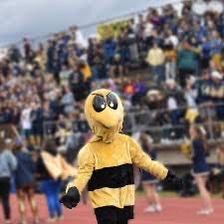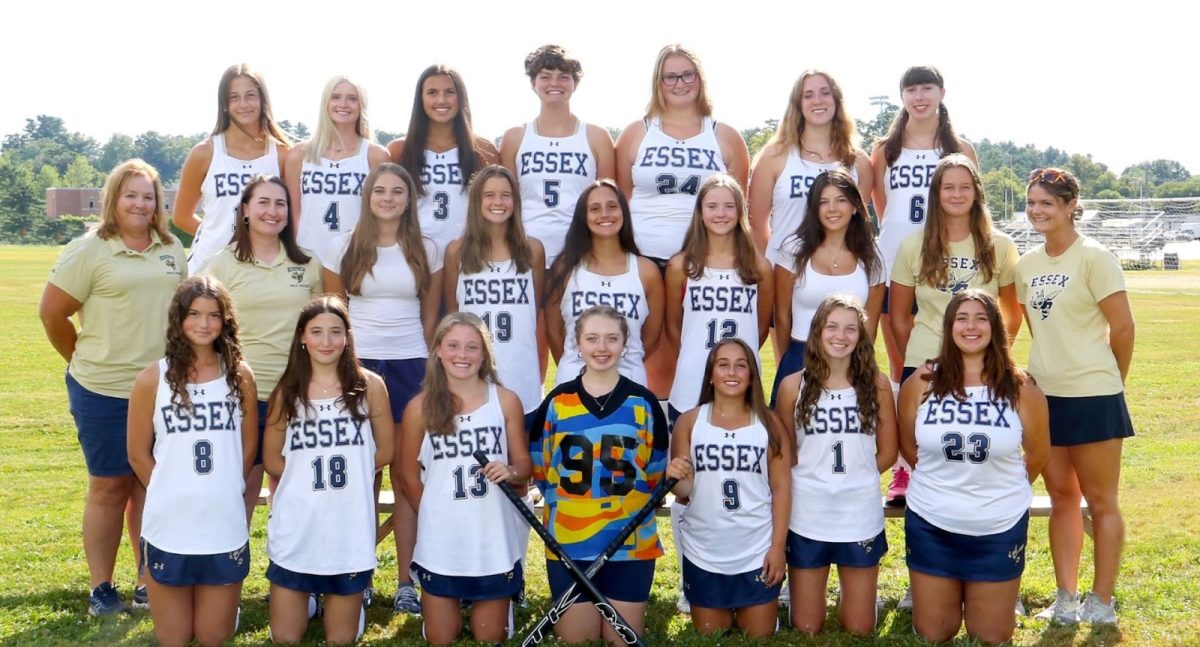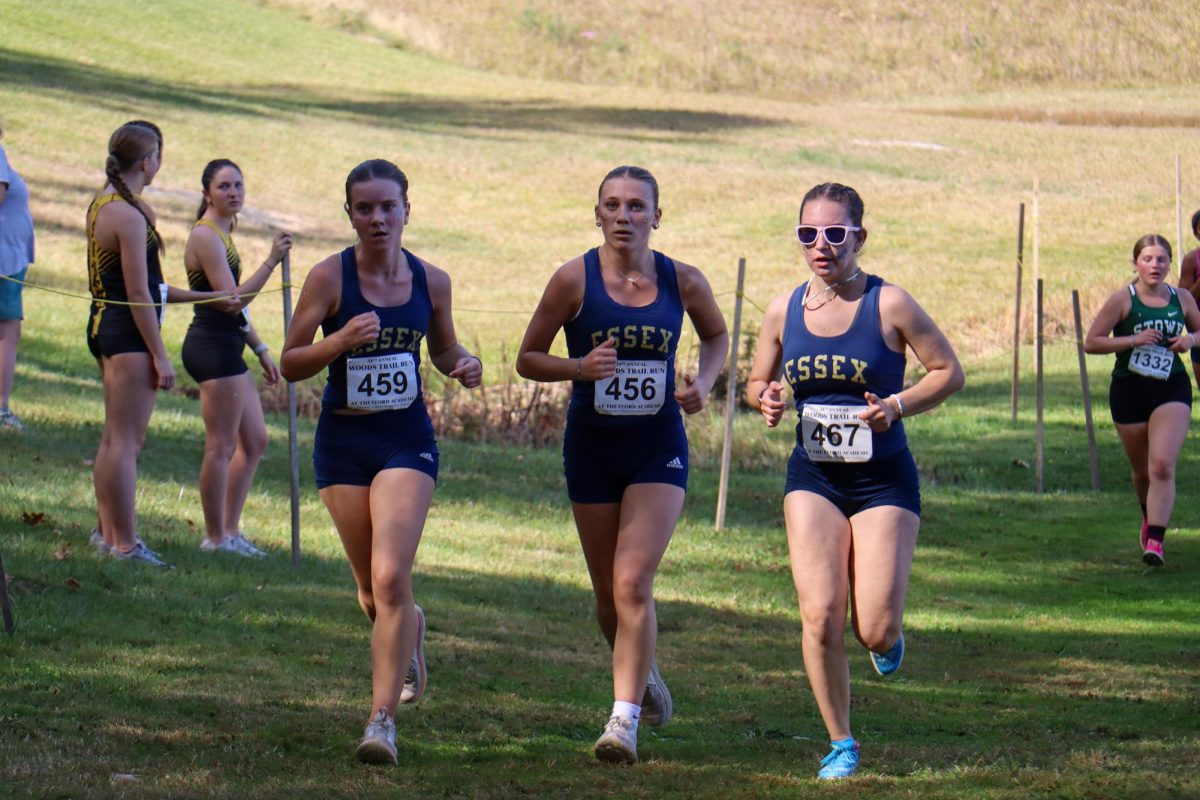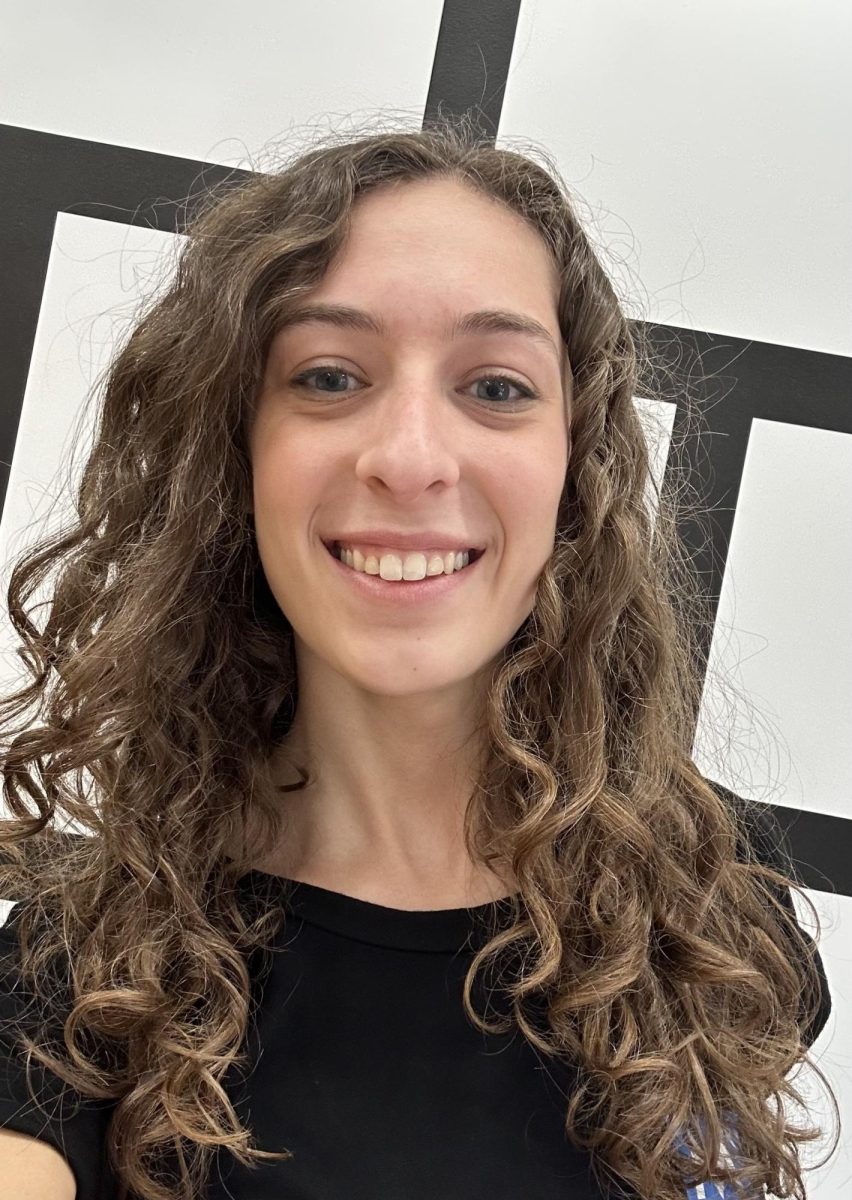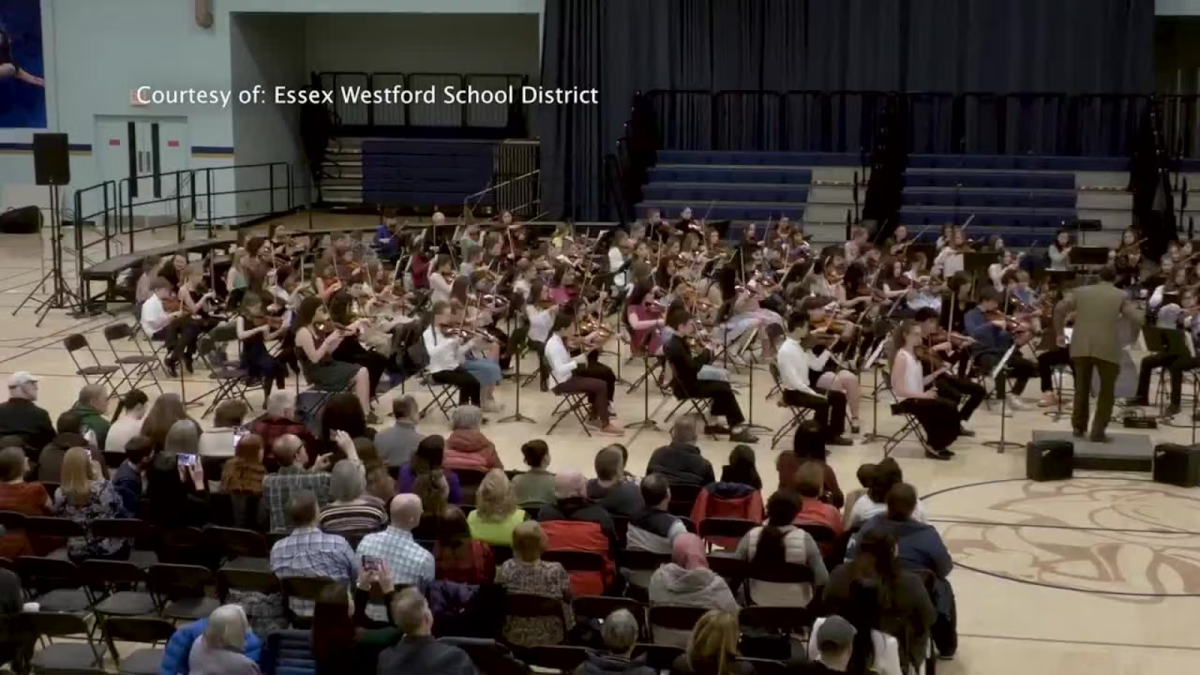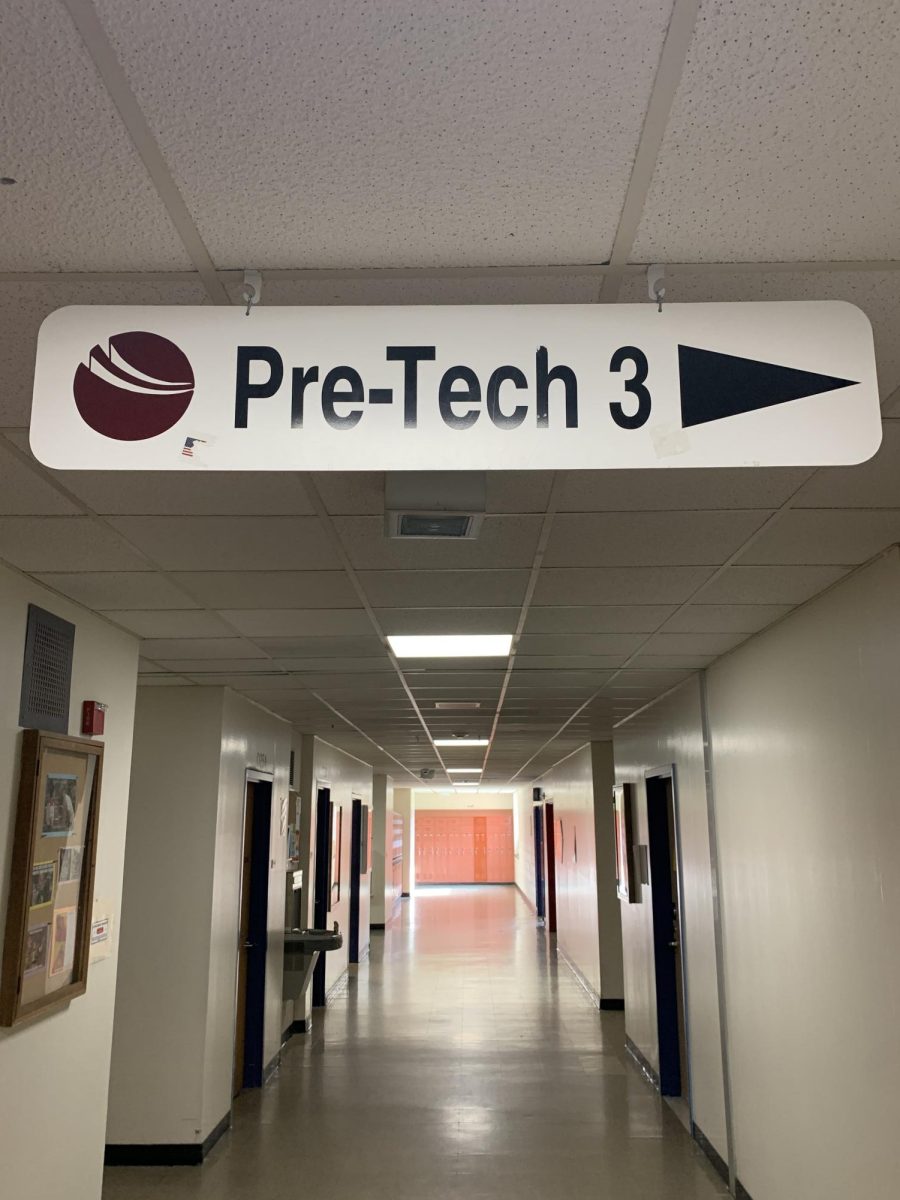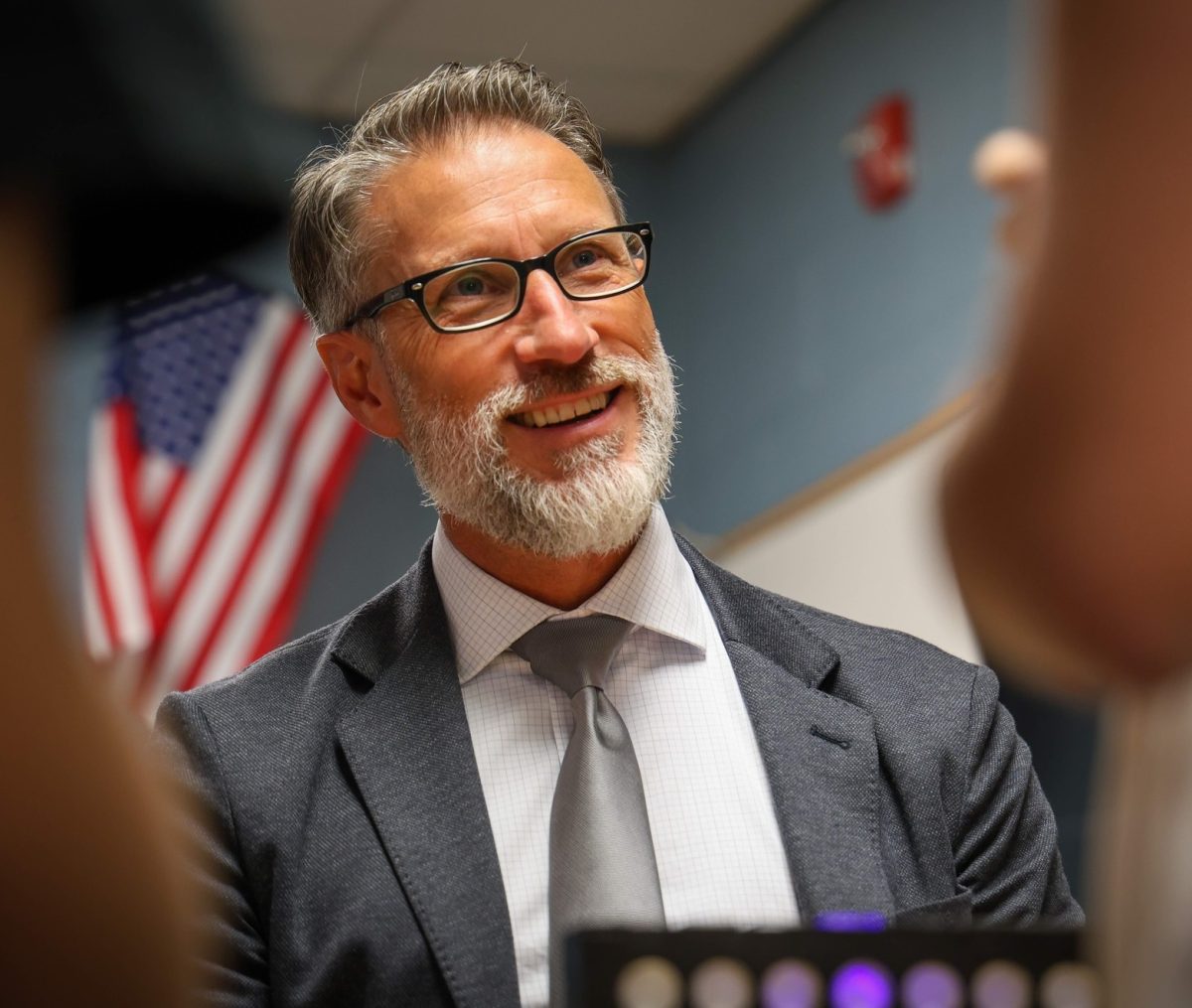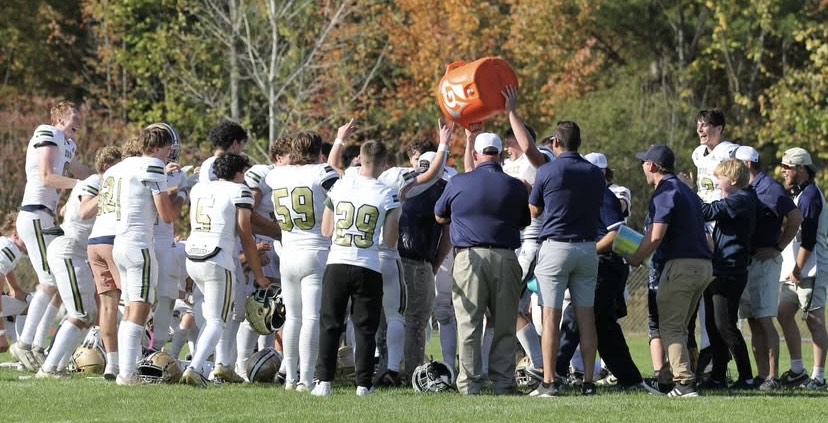Have you ever wondered what Essex High School was like in the early 90s? Among the faculty of EHS are three individuals who could tell you exactly what went on during those years.
Kathrine Sullivan, Jim Murphy, both English teachers, and Scott Fay, the Director of Child Nutrition for the district, attended Essex High from 1989-1993.
One from that time might remember that IBM paid more of the community’s taxes, that the school’s library was stationed in classrooms across from the courtyard, that the “Town vs. Junction” debate was still prevalent, and that the school schedule included eight periods instead of four blocks every day.
Sullivan, Murphy, and Fay, hint at the culture that was present during those years, how it influenced them to come back, and how collective culture may have shifted since the early 90s.
Murphy commented on the collective culture and, in doing so, reflected on a fond memory of a gymnasium lip sync contest.
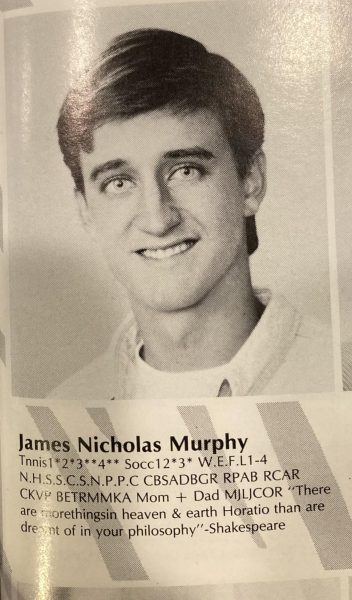
“When I was a senior near the end of my senior year, they had a lip sync contest in the auditorium,” Murphy said. “A bunch of my friends wanted to do it, and so we did Grease. I remember getting a standing ovation. Some of my friends and I still talk about that.”
Sullivan remembered with similar fondness one Valentine’s Day eve spent after school into the late hours.
“I remember writing the names of everybody in the student body on hearts. We hung them around the school for Valentine’s Day,” Sullivan said.
When talking about collective culture, school spirit debates are likely to surface. Fay compared the nature of today’s spirit with that of when he was a student. He attributes the positive presence of school spirit today to things as simple as spirit weeks – something he does not recollect from his high school days.
“I think it’s a little better now, a little more organized, a little more healthy now than it was,” Fay said. “I think it’s been strong all the way through. Really good, solid school spirit here.”
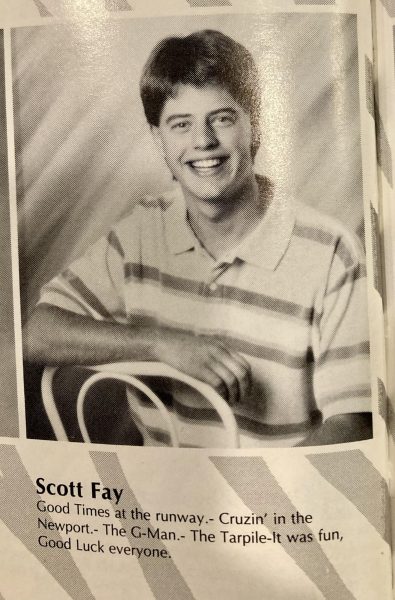
Fay went on to detail what he did outside of class as a high schooler. It included a lot of time spent with friends fishing or biking. He was not involved in what the school offered in terms of sports then, but he said the Bass Fishing team today is of interest to him.
The athletics department at Essex drew comparable interest from Murphy.
“I started coaching the boys tennis team here,” Murphy said. “When I started coaching here, that opened the door to teaching here.”
Sullivan’s draw for working at Essex came from something, or someone, different. She attributes her love for teaching English to Mr. Dowd’s American Literature class.
“One morning he asked us all, ‘What do you want to be when you grow up?’ And up to that point, I wanted to be a chemist,” Sullivan said. “I wanted to blow stuff up. Then, later in the year, Mr. Dowd asked us again, ‘What do you want to be when you grow up?’ And I said, ‘I’m going to be an English teacher just like you’, and it stuck.”
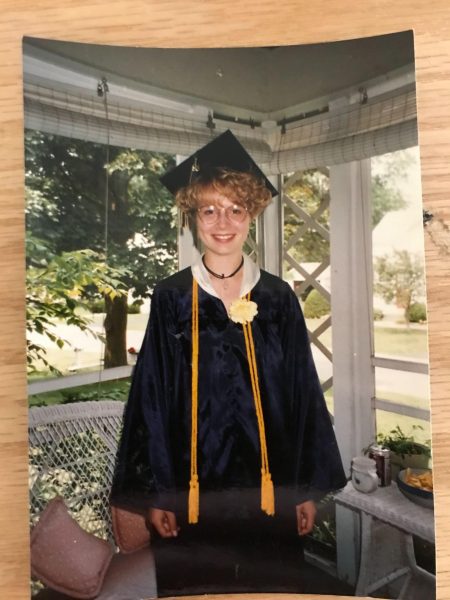
However, EHS was not the first school Sullivan taught in. She began her teaching career at a school in Arizona. This school was 1% white and impacted her perspective towards talking about racism in the classroom.
“You could have conversations, nobody pretended racism didn’t exist,” Sullivan said. “Also, none of my students were the only person in the room representing their culture. That was liberating in terms of being able to have conversations where nobody was worried about saying the wrong thing – they’d all been talking about this all their lives.”
Sullivan, Murphy, and Fay all responded that yes when asked if Essex High School prepared them well for after high school. Murphy even was able to test out of every French class but one at the University of Michigan because of how prepared he was.
Overall, there is a reason why these three individuals came back from the same graduating class to work at their alma mater. Whether it was the tennis team, the inspirations of a past English teacher, or the meaningful friendships formed at EHS that reeled them in, they all claim to be grateful for it.
If you are wondering how this lifelong connection impacts their job today, just ask Fay.
“I love that connection,” Mr. Fay said. “I think my relationship with my job is really solid.”



